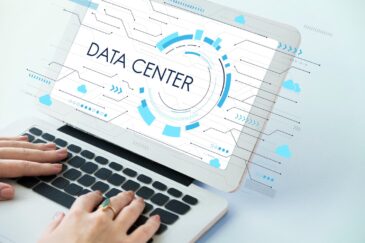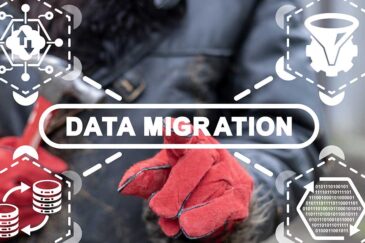7 Benefits of Data Mapping for Your Business

- January 12, 2023
- Jhansi Rani
- 0
Another use of data mapping is to join data from multiple sources. Data mapping can identify the common elements across various sources and create a map showing how the data from each source corresponds to the data from the other sources. This allows organizations to combine the data from different sources into a unified view. Let’s have a look at the key benefits of data mapping.
Data Integration
Data mapping can automate data integration by creating relationships between data sources, enabling different systems to share and use data effectively. For example, data mapping can integrate data from a CRM system with an ERP system, allowing organizations to gain a more comprehensive view of their customers and their financial performance. You can standardize and integrate data from different sources, creating a unified view of the data that can be used for decision-making, thus improving your operational efficiencies and bottom line.
Data Quality
Data mapping helps you identify and correct data errors or inconsistencies. For example, when data is mapped between two systems, any discrepancies between the data in the two systems can be identified and corrected before the data is integrated. By mapping data to a common data model or standard format, data mapping can standardize data, improve data accuracy and reliability, and make it easier to understand, manage and use. Data mapping can also help validate the data by checking that it conforms to a specified format or falls within a specified range of values. It ensures that the data is accurate and complete, improving the data’s overall quality
Data Governance
Data mapping helps organizations to improve data governance by providing a way to understand the data and its relationships. This includes identifying data lineage, cataloging the data, protecting sensitive data, ensuring data quality, and meeting compliance requirements. By creating a correspondence between different data sets, data mapping helps identify the data elements, attributes, and their relationships, which support data governance objectives. Data lineage capabilities allow you to trace the data from its origin to its current and future state, helping to understand its history and evolution. Data mapping can also identify sensitive data and ensure that it is stored, shared, and used securely.
Save Time and Costs
Data mapping enables organizations to seamlessly integrate data from various sources, reducing the need for manual data entry. You can quickly identify and correct errors in the data, reducing the need for manual error checking and correction and saving time and costs. Data mapping can also help you meet compliance requirements, reducing the risk of penalties for non-compliance and thus saving costs.
Compliance
Data mapping can improve compliance by ensuring that data is in the correct format and structure for the intended use. Data mapping can help validate the data’s format, accuracy, and completeness, along with other qualities essential for compliance. Data mapping also enables organizations to track changes to the data, assisting with auditing and compliance reporting.
Analytics
Data mapping can help organizations to make better decisions by providing access to accurate and timely information. With data mapping, organizations can integrate data from multiple sources, standardize the format, create a unified view of the data, analyze the data in a single location, and make decisions based on a complete picture of their data. Ultimately, you can drive more accurate and insightful decision-making, improving the organization’s competitiveness and bottom line.
Data Security
Data mapping can be used to classify data by identifying sensitive data, like Personal Identifiable Information (PII) or Protected Health Information (PHI), and ensure that it is stored, shared, and used in compliance with regulatory requirements. Data mapping also supports data encryption and protects your data from unauthorized access. You can establish access control by specifying which users or groups can access, modify or delete data. You can also track your data in real-time to quickly identify and prevent potential security breaches.
Data Conversion Tools

Services
Products
Company
Copyright © 2024 Rite Software Solutions & Services LLP. All rights reserved.



